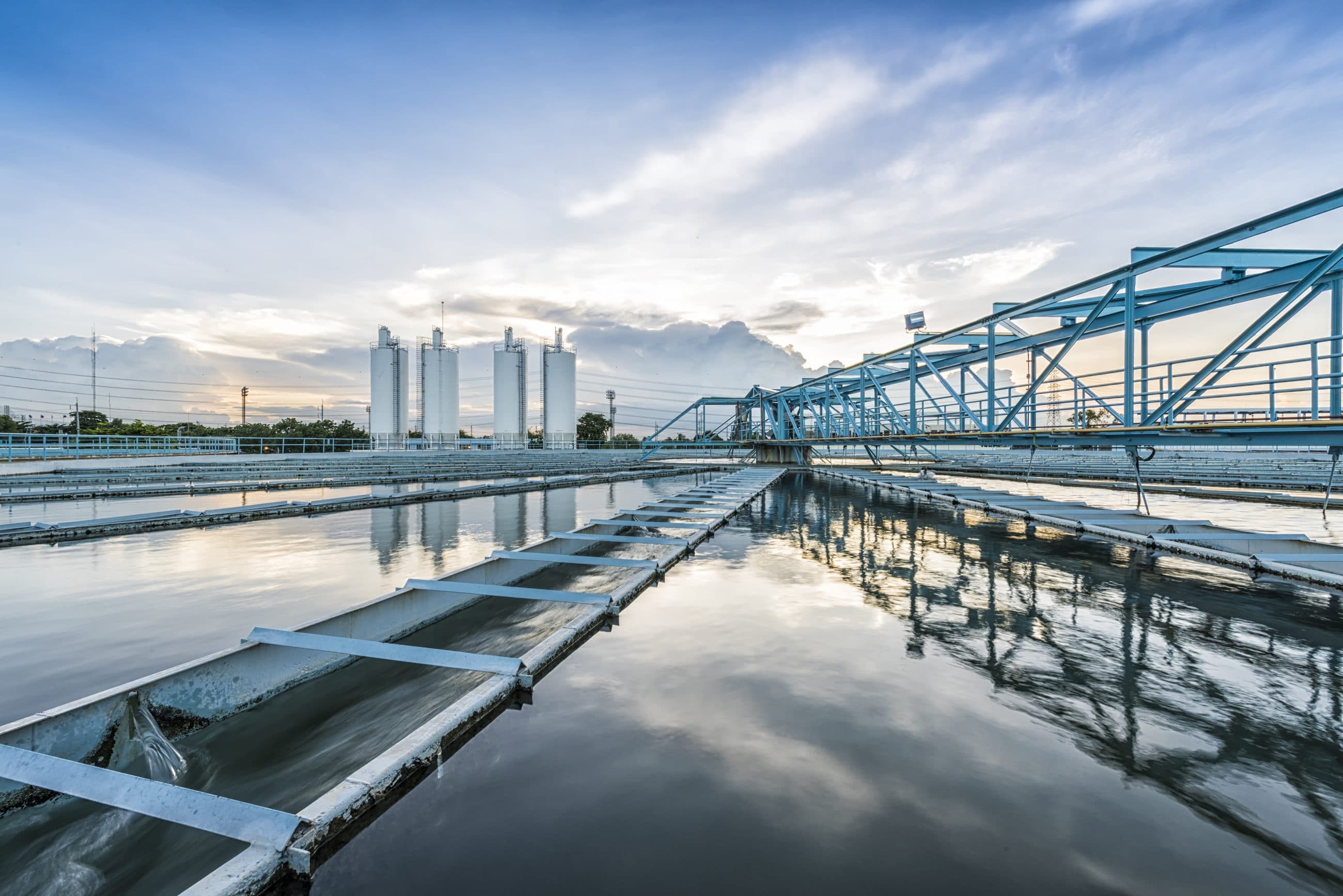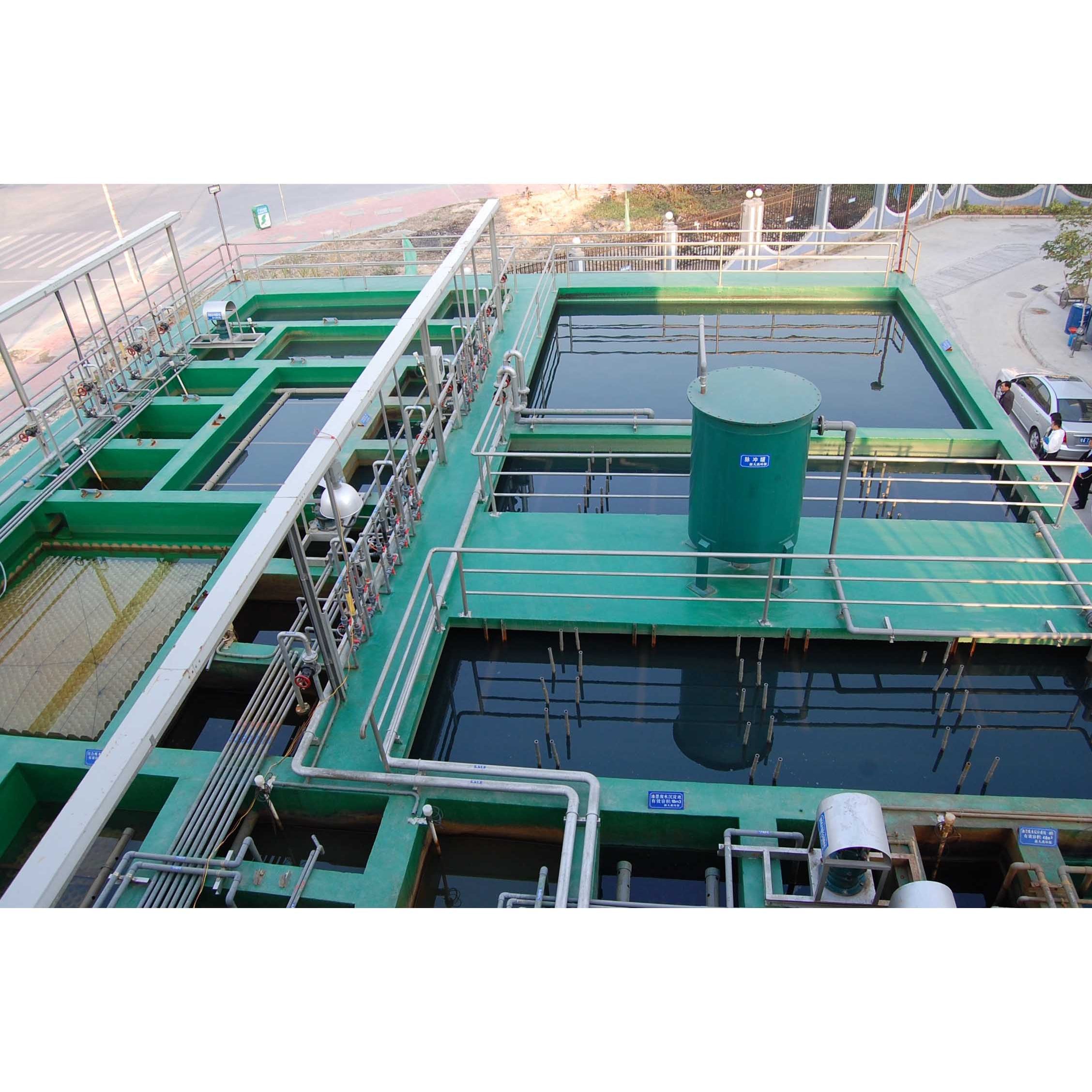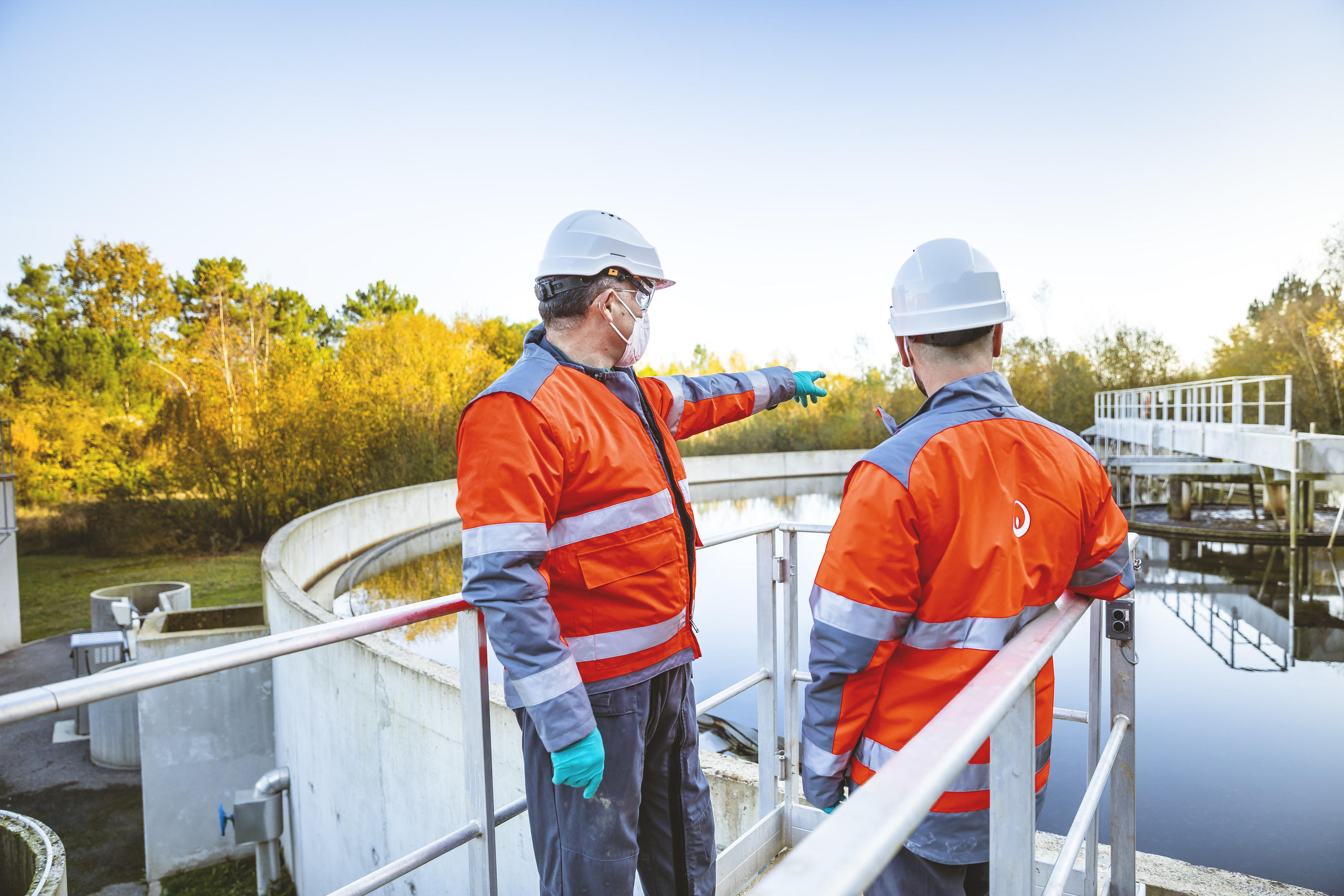Industrial Waste Water Treatment-- Reliable Waste Management for Factories
Industrial Waste Water Treatment-- Reliable Waste Management for Factories
Blog Article
Advancements and Breakthroughs in Hazardous Waste Water Treatment Technologies
The landscape of industrial wastewater treatment is undergoing a transformative shift, driven by technologies that improve both performance and sustainability. As regulative requirements advance, the assimilation of AI and equipment understanding into wastewater management systems guarantees to improve operations and make sure conformity.
Overview of Drainage Treatment Technologies
Wastewater therapy innovations include an array of techniques developed to eliminate contaminants from commercial effluents before their launch into the setting. These technologies are important for preserving eco-friendly equilibrium and making sure compliance with environmental policies. The key groups of wastewater treatment include physical, chemical, and organic approaches, each serving unique purposes based on the nature of the pollutants present.

Biological treatment methods employ microbes to break down organic issue, making them particularly effective for organic-rich effluents. Methods like activated sludge and biofilm reactors harness the natural deterioration capacities of germs, causing substantial decreases in biochemical oxygen need (BODY)
Advanced Purification Strategies
Advanced filtering methods represent an essential development in the world of commercial wastewater treatment, enhancing the performance of pollutant elimination processes. Industrial Waste Water Treatment. These methods encompass a range of modern technologies, including microfiltration, ultrafiltration, nanofiltration, and turn around osmosis, which give consecutive obstacles for different particle dimensions and chemical structures
Microfiltration and ultrafiltration utilize membrane layer systems to remove suspended solids, microorganisms, and bigger organic molecules, enhancing the high quality of effluent prior to additional treatment. Nanofiltration links the space in between ultrafiltration and reverse osmosis, efficiently removing natural substances and divalent ions, therefore reducing the tons on downstream procedures.
Reverse osmosis uses the highest degree of filtration by allowing just water and small molecules to travel through its semi-permeable membranes, making it optimal for redeeming top notch water from industrial effluents. Current innovations in membrane innovation, including the development of even more fouling-resistant and resilient materials, have actually significantly enhanced functional performance and decreased costs.
Integrating these advanced filtering strategies not only improves the overall treatment procedure yet likewise adds to sustainability initiatives by allowing water reuse and source recovery in industrial setups. (Industrial Waste Water Treatment)
Biological Therapy Developments

Additionally, the development of engineered biological systems, such as membrane bioreactors (MBRs), incorporates biological therapy with innovative membrane layer purification. This combination permits greater effluent quality and minimized impact, making it suitable for space-constrained commercial centers. Advancements in genetically engineered microorganisms have likewise emerged, improving the biodegradation of specific pollutants, such as pharmaceuticals and hefty steels, that are generally challenging to eliminate.
Furthermore, the implementation of bioaugmentation navigate to this website approaches, where advantageous microorganisms are presented to enhance the existing biological treatment procedures, has shown appealing lead to boosting therapy efficiency. These technologies collectively signify a trend in the direction of even more lasting and reliable biological treatment approaches that can adjust to the progressing intricacies of industrial wastewater streams. As sectors continue to focus on ecological compliance, these biological advancements will play a crucial function in wastewater monitoring.

Source Recovery Techniques
In industrial settings, the assimilation of resource healing approaches has actually become increasingly vital for boosting sustainability and reducing waste. These techniques concentrate on extracting useful products and power from wastewater streams, thus changing possible toxins into recyclable resources.
One prominent method is vitamins and mineral healing, where nitrogen and phosphorus, frequently existing in excess in wastewater, are caught and exchanged plant foods. This not just minimizes ecological impacts however likewise offers a round economic climate solution for agricultural applications. In addition, innovations such as anaerobic food digestion allow for the conversion of natural waste into biogas, a renewable resource resource that can offset fossil fuel usage in commercial operations.
In addition, progressed filtration and membrane innovations help with the healing of commercial byproducts such as steels and salts. These recuperated materials can be reintegrated into manufacturing procedures, decreasing the demand for virgin resources.
Future Trends in Waste Water Monitoring
As markets increasingly focus on sustainability, the future of wastewater management is readied to undertake significant transformations. Technical improvements, such as fabricated knowledge and artificial intelligence, will certainly enable more effective tracking and management of wastewater systems. These technologies can anticipate maintenance needs, optimize therapy procedures, and improve decision-making, ultimately lowering functional costs and ecological effect.
Additionally, the assimilation of round economy concepts will play a critical function in wastewater monitoring. Industries are anticipated to move in the direction of systems that not only treat wastewater however also recoup useful resources, such as nutrients, water, and energy. This shift will lessen waste and advertise the reuse of materials, aligning with international sustainability objectives.
Arising treatment strategies, such as membrane bioreactors and progressed oxidation processes, will even more boost the performance of click reference wastewater treatment, permitting greater high quality effluents ideal for reuse. In addition, regulative structures are likely to develop, emphasizing more stringent criteria for wastewater discharge and motivating markets to embrace cutting-edge treatment options.
Final Thought
Finally, the development of industrial wastewater therapy technologies shows a significant shift towards improved performance and sustainability. Technologies in sophisticated filtration techniques, organic treatments, and resource healing approaches highlight the sector's next page dedication to ecological stewardship. The combination of fabricated intelligence and artificial intelligence even more enhances these procedures, making certain regulatory conformity and promoting a circular economy. Proceeded developments in these areas will certainly play a critical role in forming the future of wastewater monitoring and safeguarding essential water sources.
The landscape of commercial wastewater therapy is going through a transformative shift, driven by advancements that enhance both effectiveness and sustainability.Wastewater therapy technologies encompass an array of methods created to remove impurities from industrial effluents prior to their release into the setting.Harnessing the power of organic procedures has actually led to considerable advancements in the therapy of commercial wastewater.Furthermore, the implementation of bioaugmentation approaches, where valuable microorganisms are introduced to improve the existing organic therapy processes, has revealed encouraging outcomes in enhancing therapy performance. These developments jointly indicate a fad in the direction of more efficient and lasting biological treatment approaches that can adapt to the advancing complexities of industrial wastewater streams.
Report this page